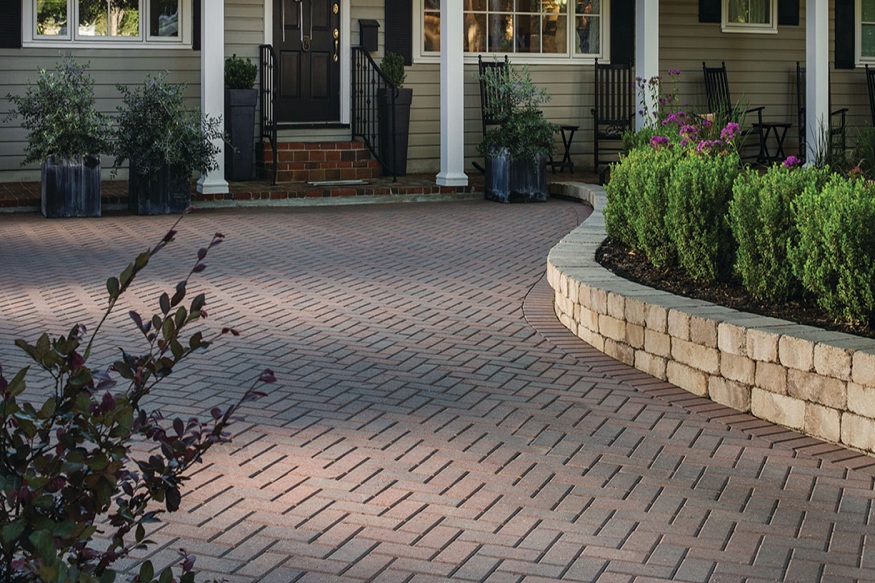When you imagine your new patio, you’re probably thinking about the furniture layout, the cozy evenings with friends, or maybe even the perfect grill setup. What you mightnot be thinking about is the dirt underneath it all. Before a single paver is laid or concrete is poured, the groundwork matters a lot. Site prep can make or break your entire project. And if you’re tackling or planning patio installation atlanta, you’ll quickly realize that Georgia’s climate, soil, and terrain can add a few extra challenges to the mix.
Whether you’re working with a professional or going the DIY route, there are a few common site prep mistakes that can turn your dream patio into a frustrating lesson. This article addresses three of the biggest ones.
1. Ignoring Soil Stability
You’d be surprised how many patios fail because no one bothered to check what’s beneath the surface. It’s easy to assume that the ground in your backyard is solid enough, but sometimes it’s not. Loose or clay-heavy soil can shift, expand, or compact unevenly, which means your patio might start to sink or crack in spots over time.
Here’s what usually happens: you or your installer clear the area, lay the base, and everything looks great for a while. Then after a heavy rain or two, one corner starts to dip. Water pools there.
The fix? Testing and preparing the soil properly before doing anything else. Professionals often use a compactor to firm up the ground or add a layer of crushed stone or gravel to stabilize it. Sometimes, depending on the soil type, you may need to dig deeper to reach a more stable base. It’s not the most exciting part of patio installation, but it’s the part that keeps everything else from falling apart later.
2. Poor Drainage Planning
Drainage is one of those invisible things that’s easy to overlook until it becomes a big, messy problem. You might think your patio looks perfect after installation, but give it a month of rain, and you’ll realize you’ve got puddles forming right where your outdoor dining set sits.
The truth is, patios need to be designed with water flow in mind. Without a slight slope or a proper drainage system, water will sit on the surface and seep under the patio, weakening the base and washing away materials.
The key here is grading. The surface should have a gentle slope (usually around 1/8 to 1/4 inch per foot) away from your home to guide water in the right direction. If your yard tends to flood easily, installing a French drain or a gravel channel around the patio can make all the difference.
3. Inconsistent Base Depth
If there’s one mistake that’s almost guaranteed to ruin an otherwise great patio, it’s inconsistent base depth. You might think, “A few inches here or there won’t matter.” But it will. The base is what gives your patio its strength and prevents future shifting. If parts of it are shallower or less compacted than others, the weight won’t distribute evenly, and that’s a recipe for disaster.
A proper patio base should consist of several layers: compacted subsoil, crushed stone or gravel, and then sand (if you’re using pavers). Each layer should be even and compacted properly, not just eyeballed or “good enough.” When it’s not, the differences will become obvious after the first rain or freeze. You might see dips, uneven edges, or even small gaps forming between the pavers.
So how do you avoid this? Take the time to measure and level every section during site prep. It’s not the most glamorous part of the project, but precision here can save you from having to redo everything later. Honestly, this is where professional installers earn their keep. They know how to spot inconsistencies and correct them before the first stone goes down.
Wrapping Up
When it comes to patio installation, site prep isn’t the fun part. It’s the dusty, unglamorous, “let’s-just-get-through-this” stage. But here’s the reality: it’s the foundation for how your patio will look and perform for years. A well-prepped site will save you from dealing with sinking stones, standing water, or surprise cracks down the line.So, before the first shovel hits the ground, take a step back and double-check the basics. If any of those areas feel uncertain, get a professional opinion.




